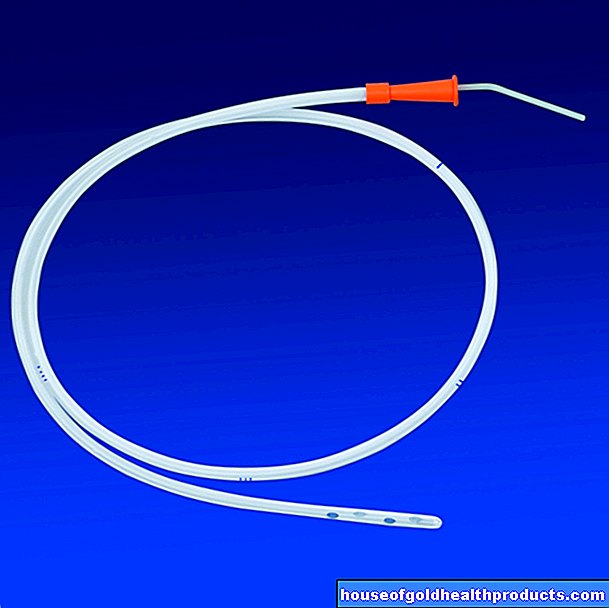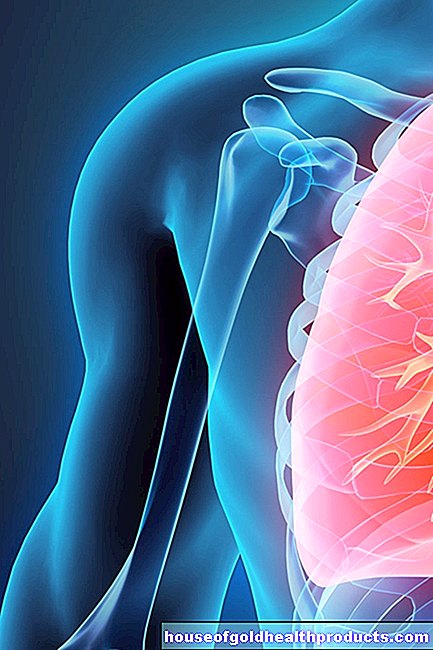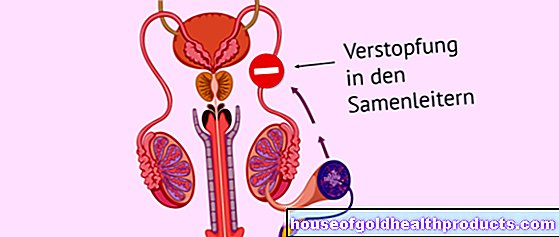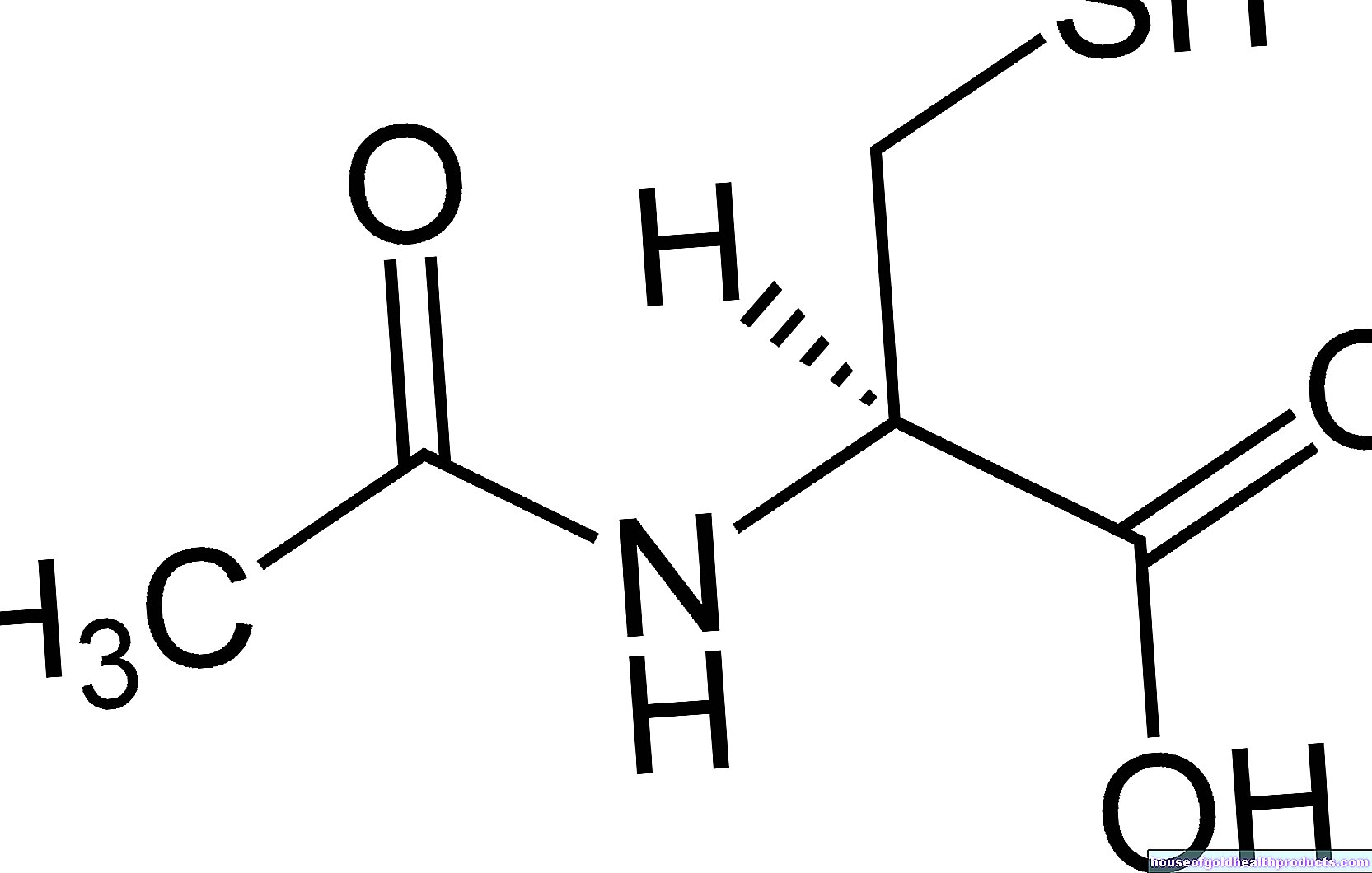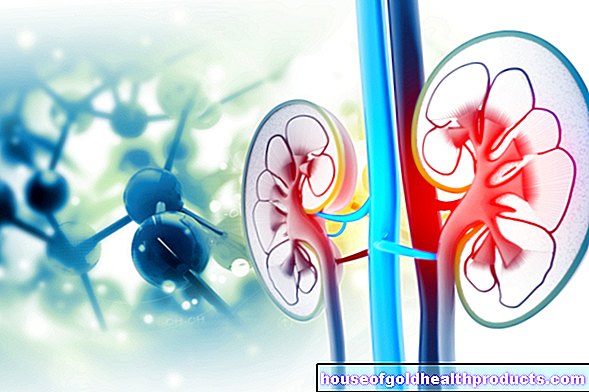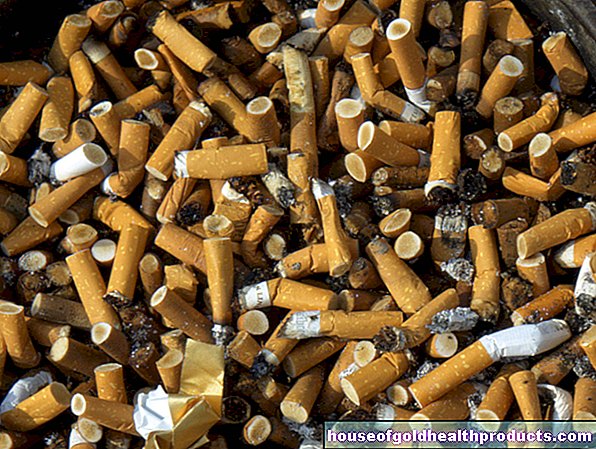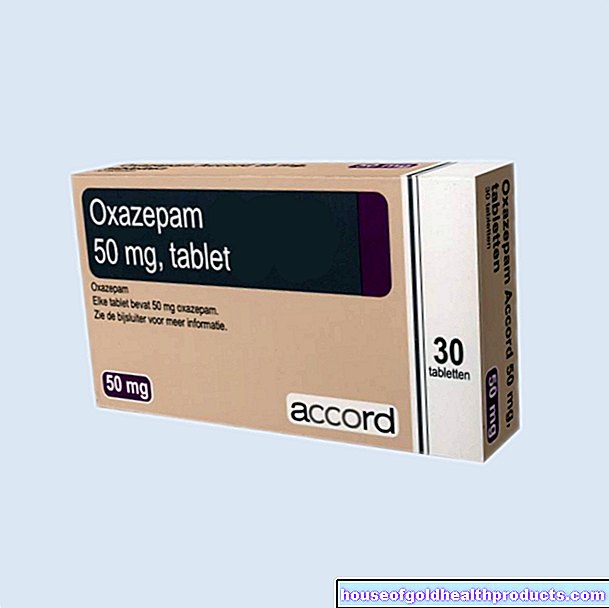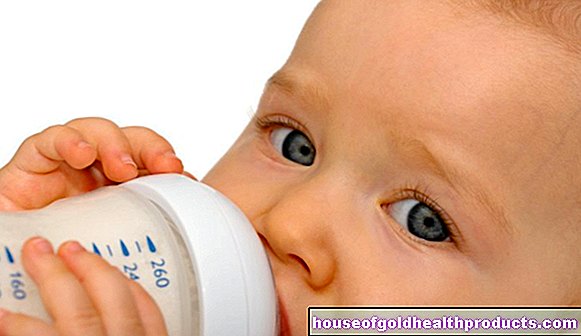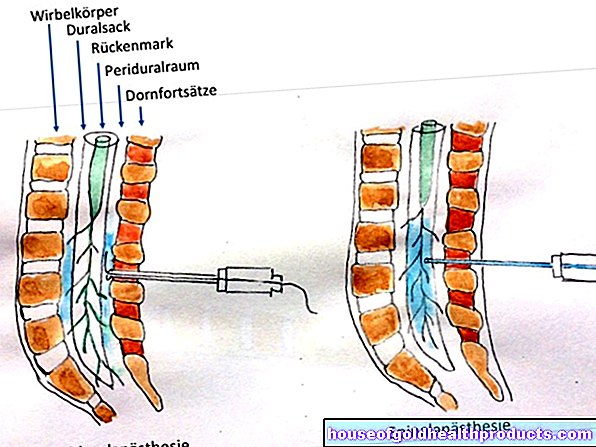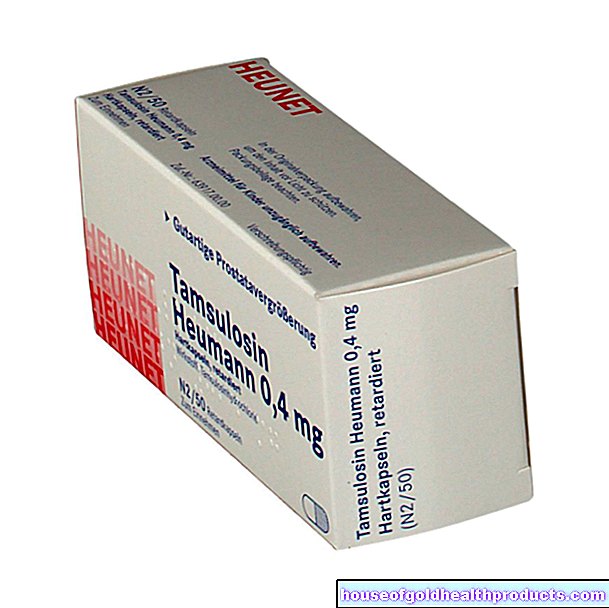Drug test
Valeria Dahm is a freelance writer in the medical department. She studied medicine at the Technical University of Munich. It is particularly important to her to give the curious reader an insight into the exciting subject area of medicine and at the same time to maintain the content.
More about the experts All content is checked by medical journalists.With a drug test, the consumption of drugs or medication and their amount is proven. The drug test is usually carried out if there is suspicion of abuse. Read here what a drug test is, how it works and what significance the results have!

What is a drug test?
A drug test is used to detect drugs or certain medications in a person's body. Different sample materials can be examined with the help of different methods. For example, drugs can be detected longer in hair or fingernails than in blood, saliva and urine.
So that the person tested is not falsely tested as drug-positive, a drug test usually takes place in two steps. A first pre-test can indicate that a substance has been ingested without determining the exact amount (qualitative drug test). The positive result is verified with a second test method, the post-test. In addition, a distinction is made between more complex laboratory tests and so-called rapid tests, which can be carried out on site. Rapid tests are mostly based on the principle of an immunoassay, in which the substance in question reacts with marked antibodies.
In contrast to the qualitative drug test, a quantitative drug test provides not only the type but also the amount of a substance. If the type of drug is unknown, so-called drug screening can help. The most common substance groups such as alcohol, cannabis and opiates are detected qualitatively. The decision as to whether a positive test result can actually be interpreted as an indication of (deliberate) substance use is determined by the so-called cut-off value. The cut-off is the limit from which active drug consumption can be assumed.
When do you take a drug test?
A drug test may be needed in various situations to determine the type or amount of a substance. The detection can entail important steps such as the administration of an antidote or emergency ventilation. Reasons for a drug test include:
- Poisoning and emergency situations
- Follow-up of drug withdrawal therapy
- Clarification of the question of guilt, for example in the case of road traffic accidents
- Investigations in forensic medicine
What do you do with a drug test?
Urine is one of the most frequently used sample materials, as in addition to the original substance, the degradation products can often be detected in it over several days to weeks. These also provide information on the form of intake and the amount of consumption. The person to be tested receives a short-term invitation to give urine, which he has to follow within a few hours or days. For this purpose, a urine sample is given in a special laboratory under observation to prevent tampering.
Evaluation and findings are forwarded to the requesting office. If it is assumed that the drug was used a long time ago, hair or fingernails are used as samples for the drug test. This is because the drugs consumed and their breakdown products are incorporated into the body during hair and nail growth. On average, hair grows 1 centimeter a month. With the help of this assumption, conclusions can be drawn about the period of drug consumption.
Another non-invasive procedure is a drug test in saliva. A type of cotton swab is used to put saliva from the mouth into a sample tube and then examine it.
The detection of drugs in the blood is traditionally required in the case of acute abnormalities, since most substances are broken down in the blood within a few hours.
While pre-tests or rapid tests usually consist of prefabricated sets, a laboratory evaluation is required for an evidential drug test that can be used in court. In most cases it is a gas chromatography-mass spectrometry. The sample is separated into its individual components and the number of these particles is counted. The measurement results can be calculated as a measurement curve and compared with reference samples.
What are the risks of a drug test?
Performing a drug test as an examination technique does not involve any risks. Only taking a blood sample can lead to bruises (hematomas) or an infection if it is not carried out properly.
In rare cases, a drug test can be false-positive. Rapid tests, in particular, are prone to diagnostic errors. The consumption of poppy seeds can result in a positive drug test, as the poppy seeds used in dishes also contain traces of morphine and codeine. A similar problem arises when consuming legal hemp products such as hemp shampoo.
What do you have to consider during a drug test?
The detectability of drugs depends on the original substance, the resulting breakdown products (metabolites), the sample material and the test procedure carried out. The frequency of consumption and regularity also play a decisive role. So the question of how long drugs can be detected in the urine cannot be answered clearly. The values in the following table should only be viewed as rough guide values.
|
Active ingredient |
Duration of effectiveness |
Verifiability period after last consumption | ||
|
blood |
urine |
hair | ||
|
alcohol |
Depending on the amount and degradation |
Degradation of approx. 0.1 to 0.2 per mille per hour |
- | |
|
Amphetamines (Speed, Crystal) |
short-acting: 1-2 hours long-acting: 3-6 hours |
6-10 hours |
3 days |
months |
|
Cannabis (THC) |
2-4 h |
12 hours frequent use: weeks |
3-7 days frequent use: weeks |
months |
|
Ecstasy (MDMA, MDE, MDA) |
3-12 h |
up to 24 hours |
1-4 days |
months |
|
heroin |
3-6 h |
12 hours |
3 to 4 days |
months |
|
cocaine |
1-2 h |
6 hours |
3 days |
months |
|
LSD |
6-12 h |
up to 24 hours |
1-2 days |
- |
|
Opiates (morphine) |
4-5 h |
up to 8 hours |
2-7 days |
months |
If, as part of a medical-psychological examination (MPU), an expert report is required to prove abstinence, the person concerned must pay the costs for the drug screening himself. Since the different procedures are often very complex, a drug test can quickly cost several hundred euros.
Tags: symptoms hair elderly care
